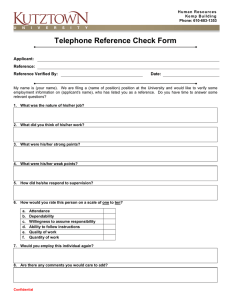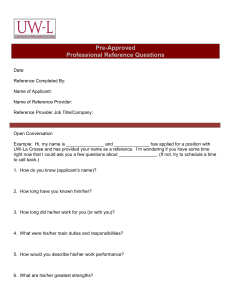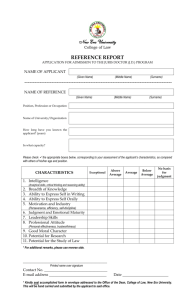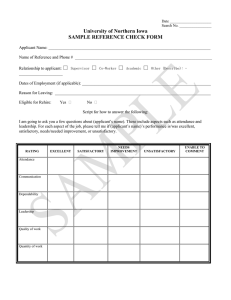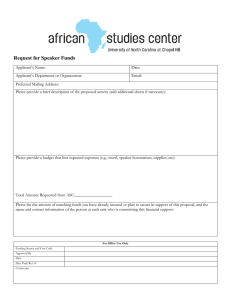MATERIAL PLANNING CONSIDERATIONS
advertisement
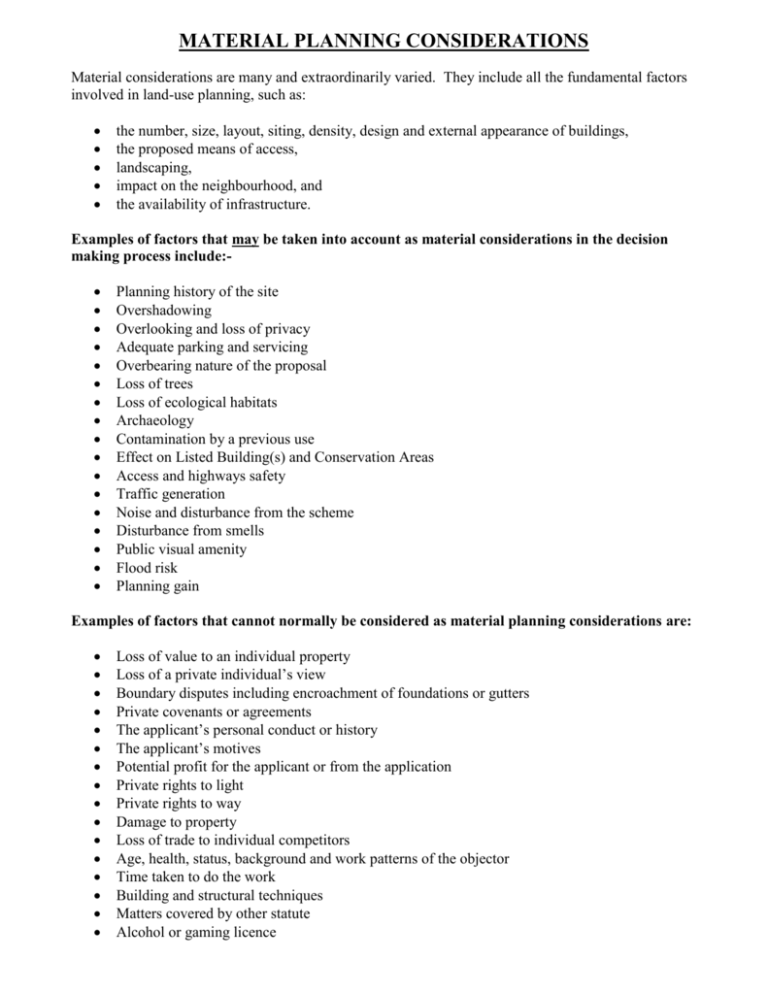
MATERIAL PLANNING CONSIDERATIONS Material considerations are many and extraordinarily varied. They include all the fundamental factors involved in land-use planning, such as: the number, size, layout, siting, density, design and external appearance of buildings, the proposed means of access, landscaping, impact on the neighbourhood, and the availability of infrastructure. Examples of factors that may be taken into account as material considerations in the decision making process include: Planning history of the site Overshadowing Overlooking and loss of privacy Adequate parking and servicing Overbearing nature of the proposal Loss of trees Loss of ecological habitats Archaeology Contamination by a previous use Effect on Listed Building(s) and Conservation Areas Access and highways safety Traffic generation Noise and disturbance from the scheme Disturbance from smells Public visual amenity Flood risk Planning gain Examples of factors that cannot normally be considered as material planning considerations are: Loss of value to an individual property Loss of a private individual’s view Boundary disputes including encroachment of foundations or gutters Private covenants or agreements The applicant’s personal conduct or history The applicant’s motives Potential profit for the applicant or from the application Private rights to light Private rights to way Damage to property Loss of trade to individual competitors Age, health, status, background and work patterns of the objector Time taken to do the work Building and structural techniques Matters covered by other statute Alcohol or gaming licence
